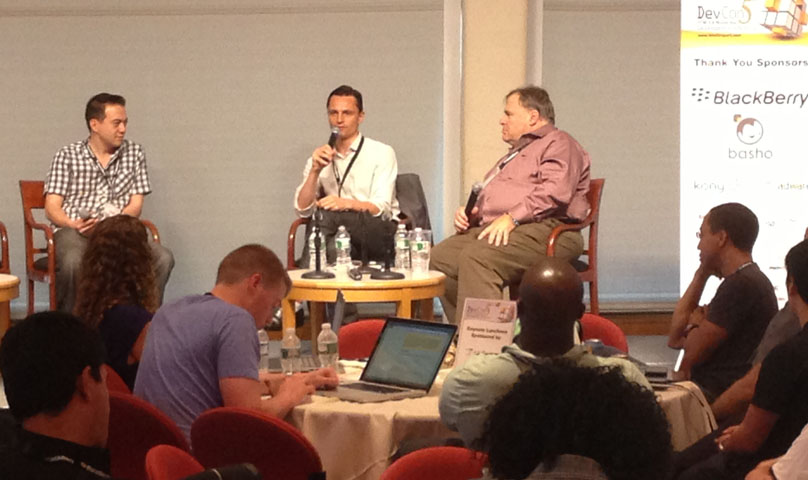This sponsored post is produced by TMC.
As depicted in the press, the impact of HTML5 seems to be a battle between whether to develop native or for the Web, with the reality being that these days, HTML5 and CSS3 (along with the suite of java script solutions that come with CSS3) are actually changing the span of control enjoyed by developers.

Unlock premium content and VIP community perks with GB M A X!
Join now to enjoy our free and premium membership perks.
![]()

![]()